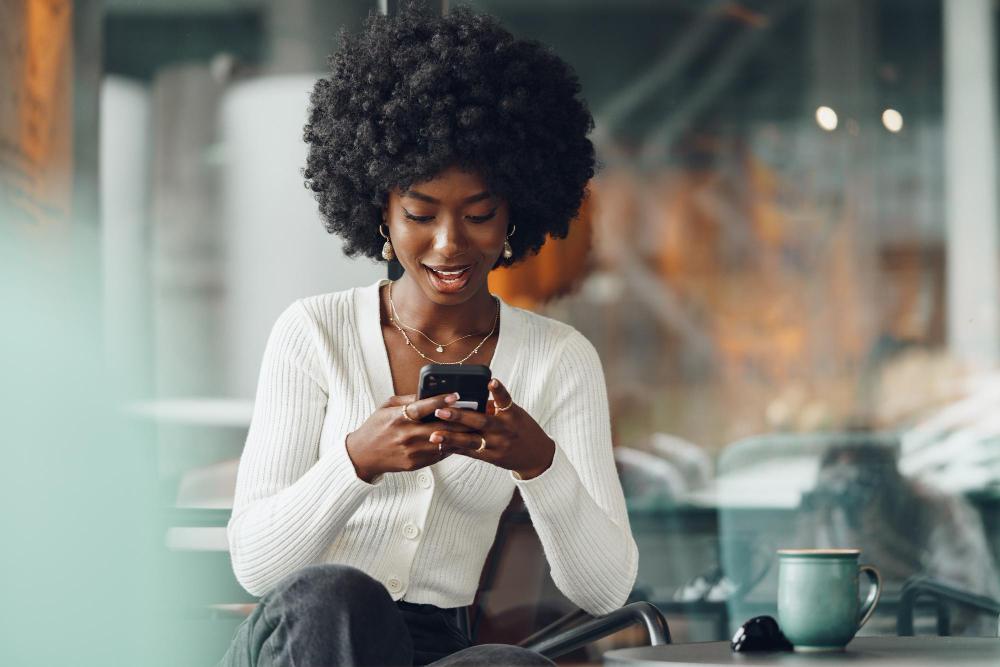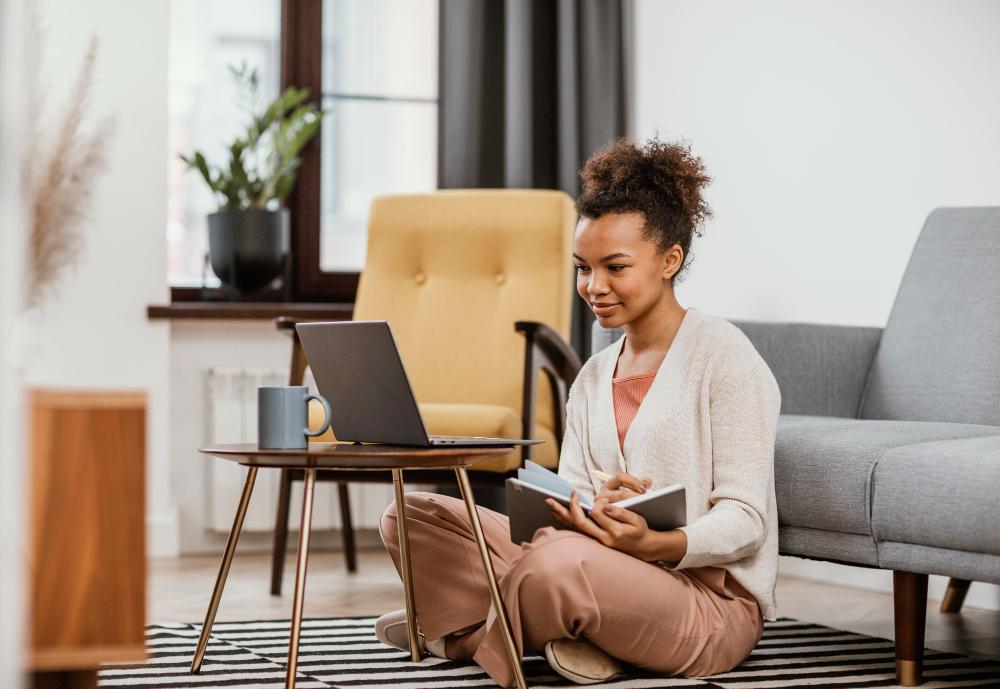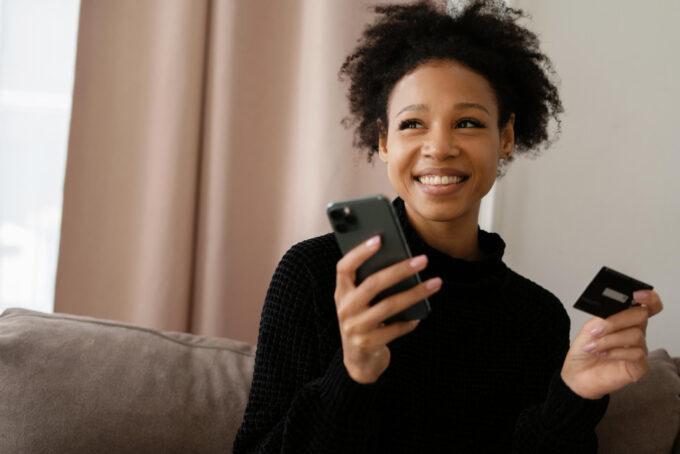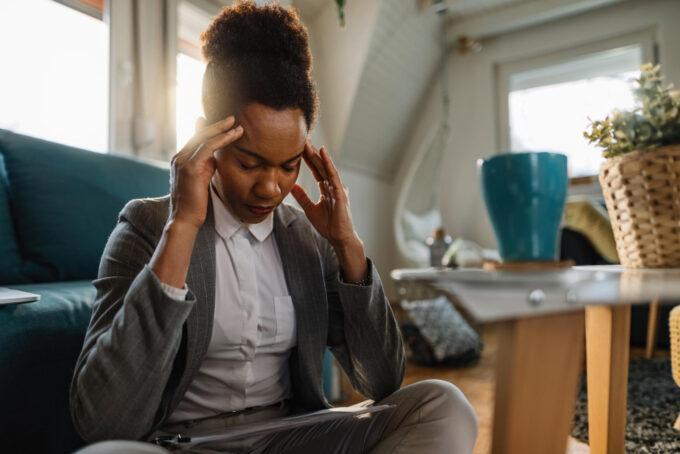In the digital era, our lives are increasingly intertwined with our smartphones. For many, like myself, the iPhone is a vault containing our personal data, financial information, and much more. With the convenience of Apple Pay, our dependency on these devices has only deepened. However, this convenience comes at a cost, especially in the DMV area, where a troubling crime wave has been on the rise, with robbery rates hitting unprecedented levels.
The fear of being robbed is no longer just about the loss of physical items like money and wallets. Thieves are becoming more sophisticated, forcing victims to unlock their iPhones and disable passcodes. Once they gain access, your financial assets are in jeopardy. They can easily transfer funds and misuse Apple Pay, leading to significant financial losses.
This alarming situation has prompted numerous calls to Apple for a robust solution. Addressing these concerns, Apple is set to roll out a groundbreaking update with iOS 17.3. This update introduces a pivotal feature, “Stolen Device Protection,” aimed at bolstering the security of iPhone users.
Stolen Device Protection, which is an opt-in feature in iOS 17.3, attempts to counter those thieves by putting new restrictions in place on how powerful your iPhone passcode actually is.
Apple says:
- Accessing your saved passwords requires Face ID to be sure it’s you.
- Changing sensitive settings like your Apple ID password is protected by a security delay
- No delay is required when the iPhone is at familiar locations such as home and work
Let’s say you’re robbed at 14th and U St., but you live in Alexandria; thieves wouldn’t be able to force you to unlock and turn off your passcode immediately because such changes would require an hour’s delay and a second Face ID since your phone isn’t in your home/work location or wherever you set as your safe location(s).
Apple’s new two-tier system for Stolen Device Protection enhances security while maintaining user-friendliness. Routine actions like using passwords, applying for an Apple Card, and making payments require biometric authentication without a passcode option when away from familiar locations. For more sensitive tasks like changing Apple ID or device settings, there’s a one-hour security delay and a need for a second biometric authentication when not in familiar locations. This system provides robust security against unauthorized access, especially if the device is lost or stolen.
How to turn on Stolen Device Protection for iPhone
- Make sure you’re running the iOS 17.3 beta on your iPhone.
- Open the Settings app.
- Swipe down and tap Face ID & Passcode (or Touch ID & Passcode).
- Now choose Stolen Device Protection.
The introduction of Stolen Device Protection in iOS 17.3, when released, will be a significant step forward in combating the digital vulnerabilities exposed by the rising crime wave around the country. By prioritizing user security and continuously innovating in response to new challenges, Apple reaffirms its commitment to safeguarding the digital lives of its users. As we embrace the conveniences of modern technology, such proactive measures are crucial in ensuring that our digital experiences remain secure and positive.
Let’s be clear: nothing will ever be iPhone thieves, but at least your personal information will be safer.
Featured Listings
Credit Score in the 600s? These Credit Cards Won’t Ghost You
The Best Credit Cards for People with 600-650 Credit Scores Alright, so...
8 Black Women-Owned Businesses to Support in the DMV This Month
The DMV is home to an incredible number of Black women entrepreneurs...
How the New Tariffs Will Impact Your Everyday Life—From Margaritas to Gas Prices
The U.S. has rolled out new tariffs on imported goods, and while...
2025 Budget: What It Means for Black America
If you’ve ever had to stretch a paycheck, rely on Medicaid for...















Leave a comment